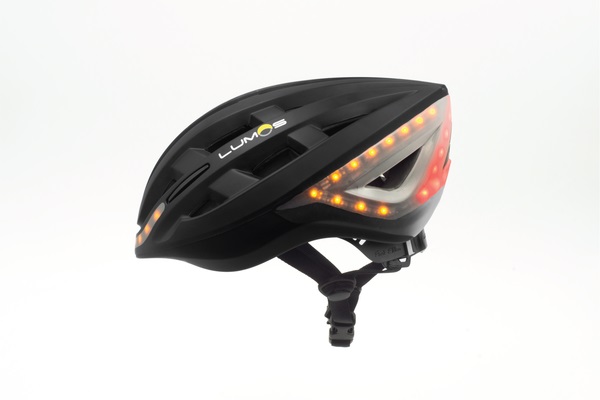Many of you probably think that bike helmets are anything but cool.
They’re big, bulky, and so annoying to wear on your head. Plus, they aren’t exactly attractive either.
I, on the other hand, am all for bike helmets. I feel a little bit safer when biking around New York, and to me, there is nothing more important than my brain. I also know from personal experience how important a bike helmet is. I was once mountain biking in Peru and while speeding downhill, I somehow hit a bump, or I hit the brakes abruptly. I’m not quite sure–but the next thing I know, I’m flying over the handlebars like Superman, and then — BAM! — I hit the ground just as hard. All I could think about was that I had destroyed the sunglasses I borrowed, but then once I took off my helmet, I could see a little hole in it right over where my forehead was. Had it not been for the helmet, I could have been severely injured or had a cracked skull, or who knows what else.
So, if there’s a reason why you should wear a helmet, preventing death is a big one.

This is probably why the folks at Lumos invented a helmet that has so many cool features, you’ll never want to go without a helmet ever again. The award-winning Lumos helmet integrates brake lights, turn signals, and protection into one product. There’s no better helmet on the market for bike safety. It has really bright white LEDs on the front and red ones on the back, so people know that you’re coming and going. Simply install a wireless remote onto your handlebars and the helmet will be able to to signal which way you’re about to turn. When you slow down, the helmet automatically transforms into a brighter red. The helmet is also rechargeable and able to withstand the rain. And at only $169, that’s a small price to pay to smartly protect your brain.
Lumos Helmet, $169 at lumoshelmet.co.



